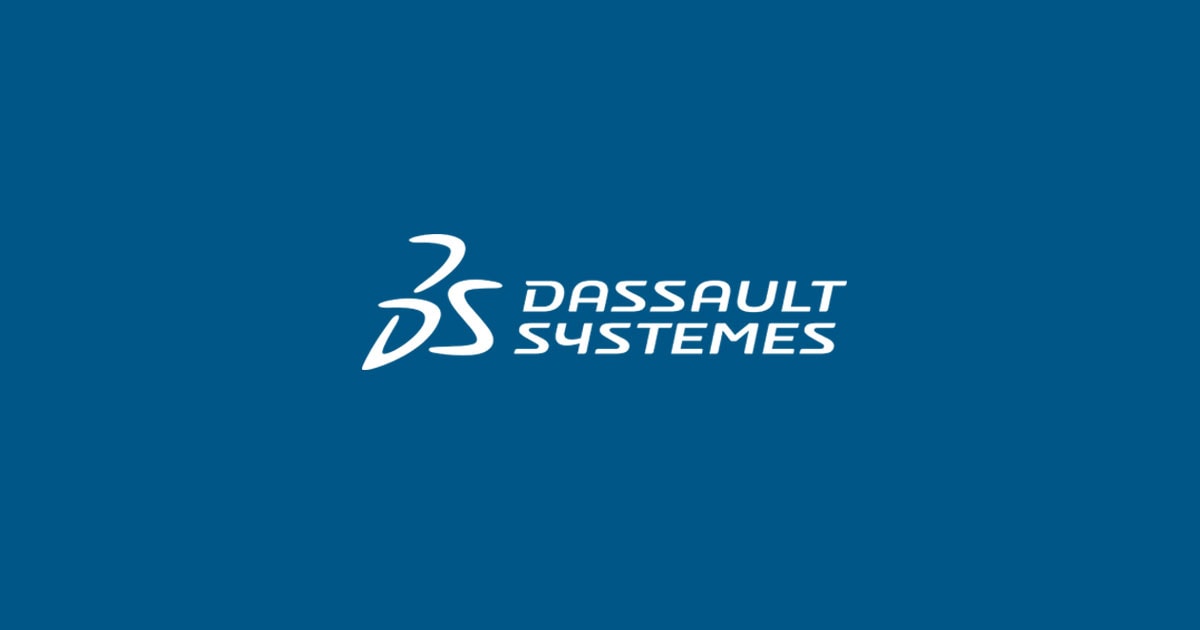in this series explored molecular docking as a method for identifying possible inhibitors binding to the SARS-CoV-2 main protease. Can an alternative in silico method such as pharmacophore modeling achieve comparable results and provide additional evidence supporting the selection of one candidate over another?
Taking an Alternative Route
Pharmacophore modeling provides an abstraction of the molecular features that are necessary for the recognition of a ligand by a protein target. Its representation of molecular interactions and binding provides a contrasting perspective to classical simulation methods.
We obtained an initial dataset of several SARS-CoV-2 main protease protein structures from Diamond Light Source.2 We aligned these structures and then used the ‘Interaction Pharmacophore Generation’ protocol available in BIOVIA Discovery Studio to generate pharmacophores representing the non-bond interactions of each receptor-ligand complex. The total number of features in the pharmacophores ranged from two features for the 5R80 and 5R7Y crystal structures to a nine-feature model for 6LU7. We merged the pharmacophores from the individual complexes into a single model and edited closely clustered features. The final model included 14 features that represent intermolecular contacts between the protease and possible small molecule binders.
We subsequently performed in silico alanine-scanning mutagenesis on the active site residues of all complexes to identify which residues reduced the binding affinity (hotspot) of that protein-ligand complex when mutated. From all of the complexes, we identified eight residues (HIS41, MET49, ASN142, HIS163, MET165, PRO168, GLN189 and GLN192) as hotspots in at least one complex and three residues that were hotspots in at least four complexes. In the 14-feature pharmacophore model, six features corresponded with interactions with one of the eight hotspot residues. A second dataset of non-covalent MPRO ligand complexes released by Diamond Light Source 2 revealed a number of different binding modes, leading us to separate the six key pharmacophore features into two groups for use in the next step of the virtual screening.
. With this approach, we demonstrate the utilization of in silico alanine-scanning mutagenesis as a useful technique for refining the pharmacophore model. We also imposed the requirement that certain features be present for a fit during the screening process. The results of these two studies are not directly comparable—not so much due to the differences in the basic algorithms, but rather due to the implementation of different supporting strategies.
The brief comparison of results between the two methods showed little overlap in leads to focus on. One could say that the commonality of Ritonavir identified by both methods provides evidence to support the selection of this candidate for further study. Previous studies have shown that using a consensus of protein-ligand docking scoring functions improves the identification of putative drug candidates.6 For this reason, researchers could use the unique best-scoring compounds from each method to prioritize compounds for experimental testing.
In conclusion, pharmacophore-derived virtual screening provides a supplementary and complementary method for docking, contributing to a consensus and greater confidence in candidate selection for experimental validation. Beyond the urgency of providing a drug candidate for repurposing, this pharmacophore-driven method may also identify ligands that are more diverse for subsequent lead optimization.
References:
- Pushpakom et al. Drug repurposing: progress, challenges and recommendations. Nat Rev Drug Discov. 2019, 18(1):41-58.
- https://www.diamond.ac.uk/covid-19/for-scientists/Main-protease-structure-and-XChem.html
- https://www.bioworld.com/COVID19products
- Fidan and A. Aydoğdu. As a potential treatment of COVID-19: Montelukast. Med Hypotheses. 2020, May.
- Vaduganathan et al. Renin–Angiotensin–Aldosterone System Inhibitors in Patients with Covid-19. N Engl J Med. 2020; 382:1653-1659.
- J-M. Yang et al. Consensus Scoring Criteria for Improving Enrichment in Virtual Screening. J Chem Inf Model. 2005, 45(4):1134-46.


